Planting Peas early spring
robert567
6 years ago
Featured Answer
Sort by:Oldest
Comments (49)
jacoblockcuff (z5b/6a CNTRL Missouri
6 years agoRelated Discussions
Maude & other Early Birds -Have You Planted Peas Yet? Potatoes?
Comments (9)Thawk, You have radishes and beets up already? That is awesome. When did you plant them? Maude, We have 5 big gardens (not enough LOL) so hand spading is out of the question. Besides hubby dearly loves getting out there with his tractor and plow/disk. Actually had an extension agent tell us that we wouldn't have much trouble with - oh, what is the name of that stuff tomatoes got so bad last year, wilt?, - staying in the ground because we fall plow. There is something to it, as he was also surprised that we could raise canteloupe. Good rotation practices and fall plowing must be the keys. You are so right about the hard pan. Brother in law had a farmer come in and chisel-plow his garden spot. We don't seem to have much trouble, rarely ever water anything either. Need to get to Chamness in Eddyville and get some more of their inexpensive compost. Black Gold :) Do you have a heat source in your greenhouse? Hubby is in the process of building one, 6'x8'. And please tell me more about growing sweet potatoes...I have developed a taste for them, but have never grown them. Do they get planted in early spring too? SOS...See MoreEarly spring planting at a school
Comments (1)This forum is never very active. SInce you've planted vegetables, I suggest posting on that forum, they can help you more. I don't have much experience with veggies, but have a new bed so maybe next year I'll know more. I know the peas should be fine, as they do well in cool soil....See Morecan we start spring planting early
Comments (13)I planted my tomato seedlings in mid December and have potted up twice on them. They were coming close to being root bound in the 5" diameter pots I have so I put them in the ground on groundhog's day weekend because the groundhog says no more winter. Haha. My mistake cause this week its suppose to get in the 30s and low 40s. So I'll be running Chirstmas lights along the ground and putting painters tarp on top of the 12 tomato plants I have in ground tomorrow. FYI: If you live in the city of Pflugerville or Round Rock, the cities have mulch and waste compost for free for citizens. I didn't know this and have made a couple of trips out there to get mulch....See MoreWhat seeds r u planting now this early warm spring?
Comments (7)Is it time for green beans yet? It's my first year in this climate so I'm pretty clueless. I wintersowed most of my seeds, so they've been able to make up their own minds, but everyone tells me to direct sow beans... I have a ton of wintersowed broccoli up, which I've been transplanting out to the garden. My onions are coming on strong and hollyhocks are close behind....See MorePaul NY 5b-6a
6 years agorgreen48
6 years agolast modified: 6 years agofloral_uk z.8/9 SW UK
6 years agolast modified: 6 years agoLoneJack Zn 6a, KC
6 years agolast modified: 6 years agoJamie
6 years agoyolos - 8a Ga. Brooks
6 years agoexmar zone 7, SE Ohio
6 years agorobert567
6 years agorgreen48
6 years agolast modified: 6 years agofarmerdill
6 years agoNHBabs z4b-5a NH
6 years agolast modified: 6 years agoyolos - 8a Ga. Brooks
6 years agovgkg Z-7 Va
6 years agolast modified: 6 years agojacoblockcuff (z5b/6a CNTRL Missouri
6 years agorgreen48
6 years agolast modified: 6 years agoNHBabs z4b-5a NH
6 years agolast modified: 6 years agorobert567
6 years agooldasrocks
6 years agovgkg Z-7 Va
6 years agolast modified: 6 years agohairmetal4ever
6 years agokeen101 (5b, Northern, Colorado)
6 years agoitsmce (zone 6b, Kansas)
6 years agooldasrocks
6 years agohairmetal4ever
6 years agofarmerdill
6 years agorobert567
6 years agooldasrocks
6 years agorgreen48
6 years agolast modified: 6 years agojacoblockcuff (z5b/6a CNTRL Missouri
6 years agoUser
6 years agofloral_uk z.8/9 SW UK
6 years agoTranquil Garden
6 years agohairmetal4ever
6 years agokeen101 (5b, Northern, Colorado)
6 years agokeen101 (5b, Northern, Colorado)
6 years agojacoblockcuff (z5b/6a CNTRL Missouri
6 years agoUser
6 years agorobert567
6 years agoTranquil Garden
6 years agofloral_uk z.8/9 SW UK
6 years agolast modified: 6 years agoyolos - 8a Ga. Brooks
6 years agofloral_uk z.8/9 SW UK
6 years agoart_1
6 years agolast modified: 6 years agofloral_uk z.8/9 SW UK
6 years agoart_1
6 years agosusanzone5 (NY)
6 years agolast modified: 6 years agoblue_skink
6 years ago
Related Stories
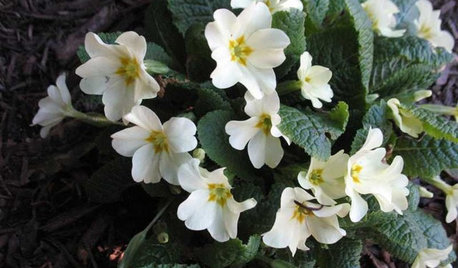
SPRING GARDENING7 Great Container Plants for Early-Spring Appeal
Good things sometimes come to those who impatiently head to the nursery for plants that can take a chill
Full Story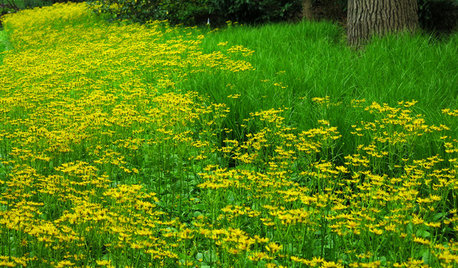
FALL GARDENING5 Native Early-Spring Bloomers to Plant This Fall
Think beyond tulips and daffodils this year with plants that you and native pollinators will love
Full Story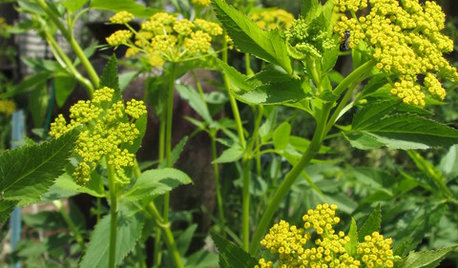
GARDENING GUIDESGreat Design Plant: Golden Alexanders for Early Spring Color
Get sunny flowers while other garden growers are still asleep, with this adaptable prairie plant beloved by butterflies
Full Story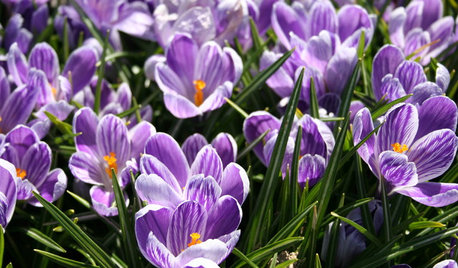
BULBSPlant Crocuses in Fall for an Early Spring Show
Their small but sturdy blooms herald the arrival of spring and add unexpected color in autumn
Full Story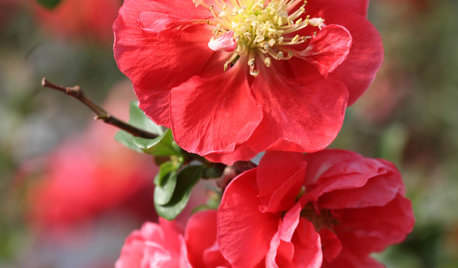
GARDENING GUIDESSigns of Spring: 9 Early Blooms to Look for in Your Neighborhood
Crocuses, snowdrops, daffodils, flowering quinces and other bloomers herald the change in the season
Full Story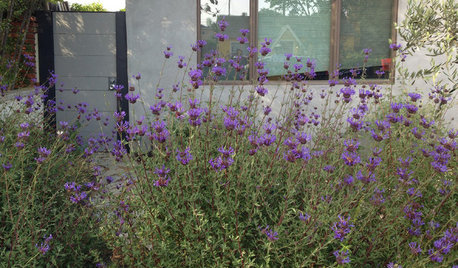
GARDENING GUIDES10 Late-Winter and Early-Spring Bloomers for the West
Tired of waiting for spring to arrive? Try these drought-tolerant, flowering plants for color that starts in late winter
Full Story
GARDENING GUIDESGreat Design Plant: Amelanchier Signals Spring With Airy White Blooms
With roughly 20 species of serviceberry native to the U.S., bees can feed on the early-season blooms while birds enjoy the summer berries
Full Story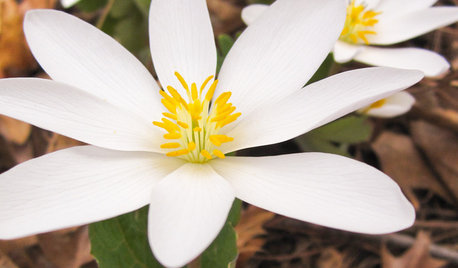
Great Design Plant: Sanguinaria Canadensis Lights the Spring Woodland
Bloodroot’s large, showy white flowers and attractive foliage brighten eastern woodland gardens in early spring
Full Story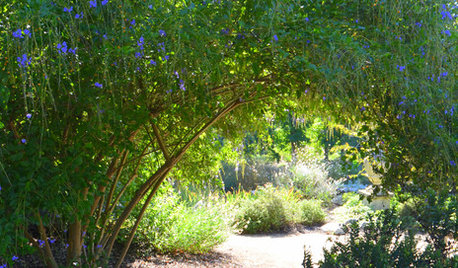
FLOWERS AND PLANTSHeat-Loving Duranta Erecta Blooms From Spring Into Early Fall
Golden dewdrops, a versatile tropical shrub, has delicate purple and white blossoms
Full Story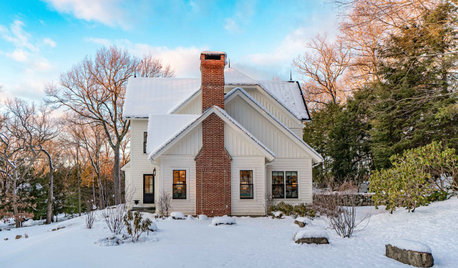
GARDENING GUIDES8 Tips to Get Your Early-Spring Garden Ready for the Season
Find out how to salvage plants, when to cut back damaged branches, when to mulch and more
Full Story



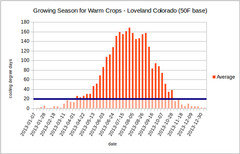





theforgottenone1013 (SE MI zone 5b/6a)